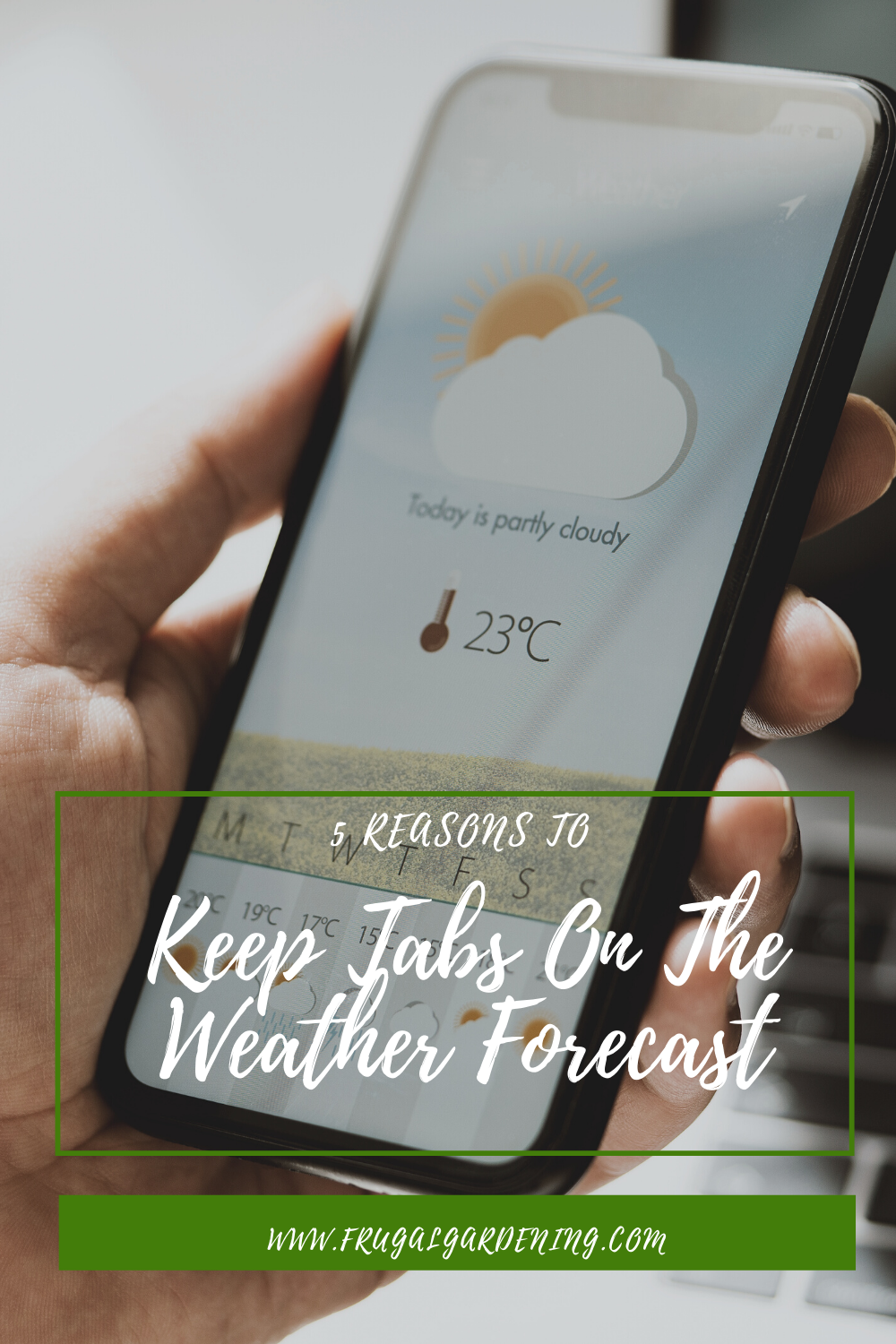
I’ve only used my garden hose a handful of times this season. I filled my garden boxes up with perennials and a few plants from a local nursery and knew that I wouldn’t have the energy to keep things up and maintain the garden as I usually do. I was right. But by taking a step back, I realized the importance of keeping tabs on the weather forecast.
I’ve let Mother Nature do most of the work, and despite my very laissez-faire gardening attitude, my garden is still doing surprisingly well. Things are growing, flowers are blooming, and pests aren’t devouring my kale as I expected.
It’s been a sweltering hot summer, so I really thought plants would wilt and die due to the continuous heat waves. But they’ve managed to hold on and grow despite the intense heat. While my gardening activities have been mostly on pause for the season, I have been running outside quite a bit. That means I check the weather forecast just as much as I did before.
I’ve discovered that despite my lack of watering, the garden has done quite well. And the weather forecast has given me clues as to why. We’ve had a pretty rainy July, and even though there were definitely many days between downpours, the garden still held on.
What does that mean? It means that in the past, I’ve probably watered when I really didn’t need to.
Paying attention to the weather forecast is something I’ve always done. But this summer has shown me that maybe sometimes I’m quick to grab the hose. Granted, I’m also not growing too many thirsty plants. Plant choice matters a lot, too. Instead of struggling to keep plants like lettuce and Asian greens well-watered, I picked drought-tolerant ones. The mix of annual and perennial flowering plants has also greatly reduced pest activity. My kale, usually eaten up by cabbage worms by now, is thriving.
This little gardening break has taught me the importance of letting things go. Currently, Mother Nature is in pain. Our gardens are taking a pummelling because of climate change, but there are ways to work with the environment around us. Sure, I could have dropped some pesticides in my garden years ago to try and deal with the cabbage worms and squash bugs. But to see things right themselves naturally has been incredibly rewarding.
By planting a variety of native plants in addition to my favorite edibles, I’ve improved the tiny ecosystem that is my front yard garden. I encourage you to try it. Save some space for some native perennials. Plant more flowers among the leafy greens. If something isn’t working, don’t try to force it. Find an alternative.
Doing this with the garden is an approachable way to get more comfortable with letting nature its course. Eventually, I hope we all do the same with our useless lawns, too. Although I’m not in my garden as often, I’ve been lucky enough to spot many wild lawns on my runs this summer. Here’s hoping we get back to surrounding ourselves with nature instead of tearing it all down.

Steph Coelho is a freelance writer gardening in zone 5b. She is a certified Square Foot Gardener and has taught various garden-related workshops. When she’s not digging in the dirt or writing, she’s cooking up fresh produce, running, or listening to her favorite podcasts.
Leave a Reply